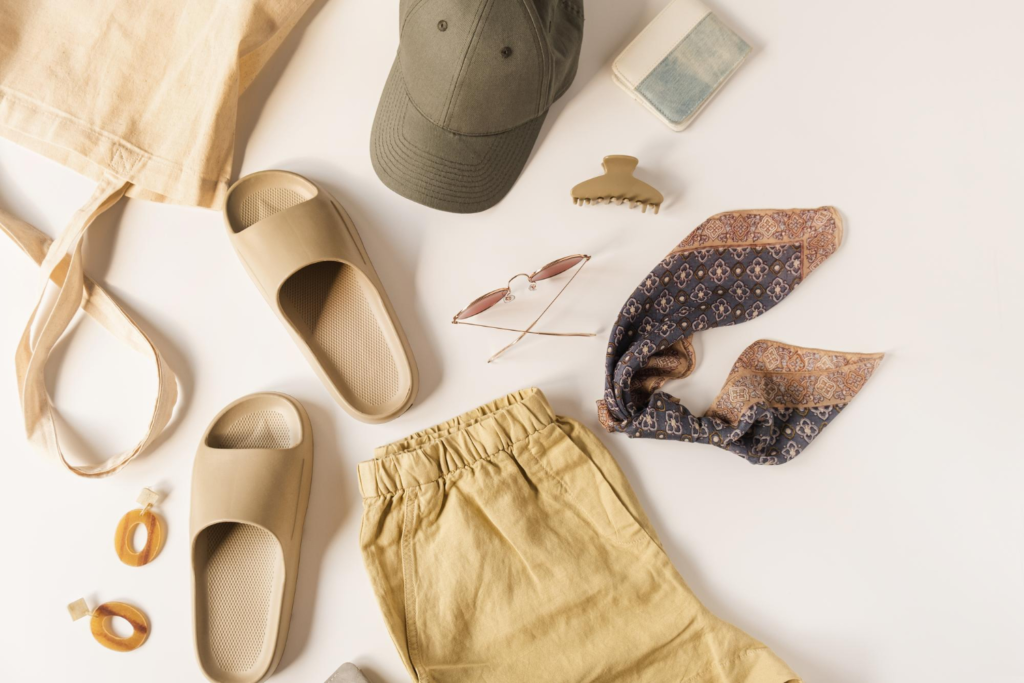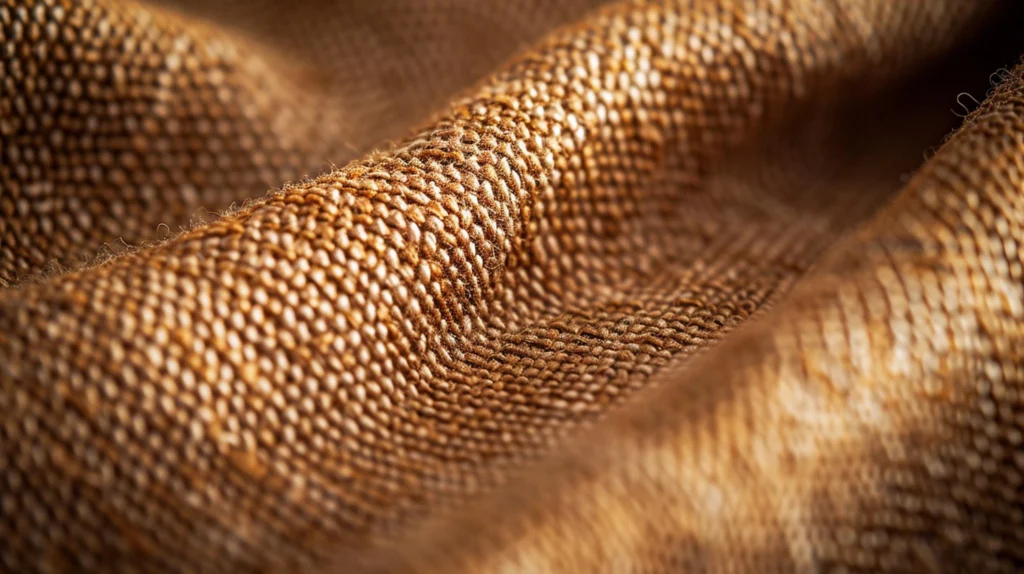Summary
- Fashion collection development involves creating a clothing line, from the initial concept to final production.
- Designers, stylists, and production managers must be aware of trends to create suitable concepts and select efficient materials.
- Master the essential stages of your fashion collection development and use Audaces360 technology to your advantage.
Fashion collection development is the result of combining diverse talents, representing the materialization of a long journey.
Every professional in the field has dreamed, or still dreams, of creating their own collection. Maybe you’re already in the middle of this process, or perhaps it still seems far from becoming a reality. Either way, this guide is for you.
We will explore each phase of collection development in detail, guiding you in transforming ideas into stunning pieces.
Happy reading!
Sumário
Why is fashion collection development so important in a fashion brand?
The ideal construction of a fashion collection happens when all elements—design, material, and production—flow coherently and strategically. It can be challenging, especially for those new to the field.
When the development is organized, it benefits not only the workflow but also the financial return of the entire effort.
By paying attention to each step, your team reduces waste and can optimize processes. Additionally, it minimizes errors and gives you time to handle unexpected challenges.
Another advantage is that, by following the steps we will present, the identity of your collection becomes stronger. Professionals better understand the concept of the pieces and the entire development process.
Common mistakes in fashion collection development
Fashion collection development is a process that requires attention to many details to ensure sales success. However, designers and brands make mistakes that can compromise the final result.
Here are the most common errors and how to avoid them:
Failing to identify the target audience
One of the biggest mistakes in developing a fashion collection is not clearly defining its target audience.
Knowing who will buy your pieces is essential for guiding the style, creation, and even marketing strategy. Without this definition, you risk creating a collection that won’t sell.
Not researching the latest fashion trends
Another recurring mistake is ignoring fashion trends.
Trends dictate what’s popular and what consumers will be looking for in stores. Failing to keep up with these changes may result in an outdated and unattractive collection.
Not defining a clear concept for the collection
The lack of a clear concept can leave your fashion products without identity.
The concept should be the soul of the collection, guiding all design decisions. Without it, the pieces may seem visually disconnected from each other.
Not choosing a coherent color palette
Choosing colors is crucial in fashion product development.
Opting for an incoherent color palette can harm the visual harmony of your collection. The colors should complement the concept and communicate effectively with the audience.
Not selecting complementary materials and fabrics
Materials and fabrics are the foundation of any fashion collection. Therefore, choosing the wrong materials can affect the quality and durability of your pieces.
It is essential to select fabrics that align with the collection’s concept and design.
Failing to limit the number of pieces for the collection
It’s easy to get excited and want to create many pieces. However, a common mistake is failing to set a limit on the number of items.
An overly extensive collection can disperse focus and make it harder to maintain coherence between pieces.
Not ensuring the feasibility of production
Creating designs that are difficult or expensive to produce can compromise the development of the collection.
It’s important to consider production feasibility from the start, ensuring the pieces can be produced within budget and deadlines.
Not considering prices suitable for your audience
Setting prices without considering your audience’s purchasing power can be a fatal mistake.
The price should reflect the quality and differentiation of the pieces while being affordable for your consumer.
Not creating an effective marketing strategy
A good collection needs a marketing strategy to match. Ignoring the promotion phase can cause your collection to go unnoticed.
Therefore, use social media, influencers, and other marketing channels to ensure visibility for your fashion products.
Not evaluating customer satisfaction post-launch
Finally, many companies forget to evaluate customer satisfaction after the collection is launched.
Feedback is great for identifying improvement areas and ensuring the success of future collections.
Avoiding these mistakes in fashion collection development can be key to your success.
With a careful and planned approach, it’s possible to create collections that not only captivate the audience but also stand out from the competition.
5 stages for fashion collection development

1) Trend research
No creation comes out of nowhere. The more you and your team gather information and references, the greater the chances of real innovation. It could be a concept different from the competition or a technique that improves a specific production aspect.
In this research, it’s important to identify and analyze patterns—both in culture and behavior, as well as in technology and industry. Websites like Vogue, Elle, Harper’s Bazaar, and WGSN are excellent sources.
At events and trade shows, many trends are presented for the first time. Be sure to include these on your radar as well.
With good information gathered, it’s time to turn your insights into something tangible.
2) Concept definition
Here, fashion collection development starts to take shape and personality.
The context plays a significant role in this step. For some collections, like signature/fashion design, the focus may be on authenticity or visual appeal. For others, such as retail, production efficiency and technical aspects may take precedence.
Nevertheless, in both cases, three points help form the concept that will guide the pieces:
- Target audience: the profile of those you expect to wear your collection.
- Market: trends, availability of raw materials, and competition.
- Theme: visual elements and inspirations for the design of the pieces.
Creating a mood board is a helpful way to map these points more easily. Essentially, it’s a panel where information and inspirations are visually organized.
Websites like Miro and Canva allow you to create these mood boards, as do PLM (Product Lifecycle Management) platforms. An example is Audaces Isa.
Learn more: 17 hot Spring/Summer trends for your 2024 fashion collection
3) Material selection
Selecting the collection’s components requires prior research to map available options. This mapping should be guided by the collection’s concept to ensure an accurate and efficient search.
It is important to evaluate the quality and durability of the materials, as well as their cost-effectiveness. For this, request samples and make realistic cost projections. At this stage, having a clear concept is very helpful in making decisions.
In addition to the materials, also make a good selection of suppliers. Ensure they can meet your demand estimates.
Learn more: How to perform effective supplier management in fashion
4) Pattern making and cutting
At this stage, the designer puts the patterns on paper—or into the computer—that will form the clothing pieces. It is also the moment to create the first clothing samples of the collection.
Today, there are technology solutions that speed up this process and allow digital pattern creation, like Audaces Pattern.
A good cut is essential for ensuring the quality of the pieces and the efficiency in fabric usage.
For large-scale production, a cutting room handles this work with excellence. Small-scale productions, on the other hand, may function well with manual cuts.
Cutting is also where significant savings can be made. The more efficient the cutting patterns, the better. This can be achieved through specialized software like Audaces Marker.
5) Production planning
If you’ve correctly followed the previous four steps, the next task is to plan the development of the fashion collection.
Set schedules, estimate material quantities, and implement quality control in both processes and pieces.
Logistics also need to be aligned, both for material supply and for distributing your collection.
How to be sustainable during the development of your fashion collection?

Being sustainable in 2024 is not an option, but a responsibility for every conscious brand.
Fashion, as one of the most waste-generating industries in the world, has also become a symbol of innovation and the search for ways to reduce its environmental impact.
This process is driven primarily by two main approaches: the use of sustainable raw materials and waste reduction.
Here are some ways to apply this in the development of your collection:
Use natural raw materials
Learn about the origin of the fabrics, their certifications, and their biodegradability index (natural decomposition).
Natural raw materials, like organic cotton and linen, generally require fewer chemicals and less water during production. This results in lower environmental impacts.
It’s important to note that, in general, the use of natural materials involves higher costs compared to synthetic ones. However, by using them—and communicating this to your audience—your collection gains added value and differentiation.
Reduce waste
Create fitting and cutting patterns that maximize fabric efficiency and minimize waste. Moreover, you can find ways to reuse production scraps, whether internally or by passing them on to another organization.
Learn more: Embrace textile recycling practices for your fashion business
Think about the durability of the pieces
Should you create less durable but cheaper pieces in larger quantities, or more durable pieces with added value in smaller quantities? If sustainability is a commitment in your brand, the answer is obvious.
It won’t always be easy to stick to these choices. Pressure for results, the availability of “quick” alternatives, unfair competition… Despite this, many sustainable brands remain strong in the market.
Use some as a reference, talk to professionals in the field, and build strong connections.
Leverage technology
New tools help your brand with its environmental commitment. PLM (Product Lifecycle Management) platforms enable more efficient organization of pieces and materials.
Pattern-fitting software, like the aforementioned Audaces Marker, optimizes fabric usage.
A tip, especially for those aiming to create their first collection: try to focus on one aspect at a time, rather than attempting to innovate in all processes from the start.
Find the right technology, integrate it well, and then move on to the next front. This will aid your learning and workflow.
The eagerness to “get everything right” can hinder your production—and much is learned in practice.
Advantages of technology in fashion collection development
Technology can enhance fashion collection development beyond sustainability.
From conception to production, everything can be optimized. More speed and precision make a difference in the final delivery.
Efficiency in creation
Organizing a collection digitally saves time and space. It’s possible to easily create and modify prototypes without having to physically build and rebuild them.
Your collection development becomes faster and with less waste.
Precision in pattern making and cutting
Designing patterns in software allows a level of precision and optimization that is hard to achieve manually.
This also applies to cutting, with machines that perform this task efficiently and at high speed.
Cost reduction
Investing in technology comes at a price. But when this investment is strategic and aligned with your brand’s needs, the return is guaranteed.
Labor costs are reduced, material usage is multiplied, and your collections quickly become profitable.
Global collaboration
Finally, using technologies allows information to circulate quickly—no matter where you are.
Developing collections on digital platforms and saving data in the cloud connects the people involved in all processes and breaks physical barriers. Not to mention ensuring that no information is lost.
Develop your own fashion collection with Audaces solutions
We are passionate about fashion and technology. And we want your next collection to be a personal and professional success.
To put everything we’ve shared in this guide into practice, Audaces offers a range of interesting solutions. Here are a few of them:
Audaces Fashion Studio
To create three-dimensional garment designs with numerous tools and possibilities, without the need to make paper patterns.

Audaces Idea
To integrate technical sheets and calculate costs automatically, efficiently connecting development and production.

Audaces Sofia
To turn concepts into real pieces in a click, using Artificial Intelligence.
Want to discover more about this technology in practice? Check out our free infographic:
FAQ
A successful fashion collection strategically aligns design, materials, and production, optimizing processes and reducing waste, errors, and costs.
Trend research, concept definition, material selection, pattern making and cutting, production planning.
The main approaches involve using sustainable raw materials and reducing waste.










